How To Custom White Balance
White Balance is a technical term used to describe the process of telling the camera what color of light was used to make the image.
The human eye will automatically adjust for the way an object will look in different colors of light. To the eye, colors will appear normal under a wide variety of lighting conditions.
When shooting with a digital camera, the camera can either guess what kind of light is being used (Auto White Balance), or you can tell it what kind of light you are using. (Daylight, Flash, Tungsten, Deep Shade, etc.), or you may precisely balance to the light source using Custom White Balance procedures.
These pictures illustrate what a digital camera sees in three different lighting conditions.
If you walked into the room where these were made your eye would adjust to the scene and automatically know that the projector, stand, mouse and keyboard are gray.
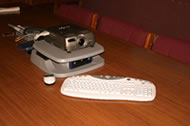
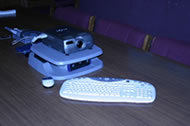
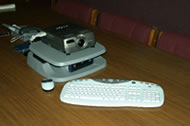
A digital camera must be told the kind of light or it will guess what it is.
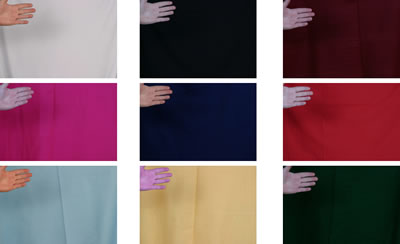
These images were shot using Auto White Balance. The camera used the image, in this case solid colors, to guess what kind of light was being used. As you can see the images are all different colors. When the background was white, the image was OK. But when the background shifted the image went off color.
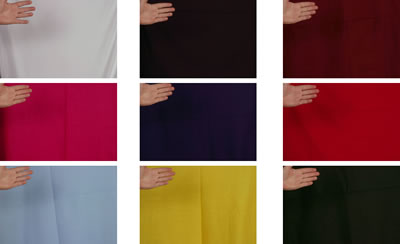
These images were shot after calibrating the camera to manufacturer's recommendations using Custom White Balance. Now the colors are faithfully reproduced and the skin tones are consistent. Calibrating using Custom White Balance is best. Balancing to a specific light source may also work. Read your camera manual for details.

